Scientists have identified unique “indicators” in the blood of patients with severe and fatal Covid, paving the way for simple diagnostic tests to help doctors identify who will go on to become critically ill.
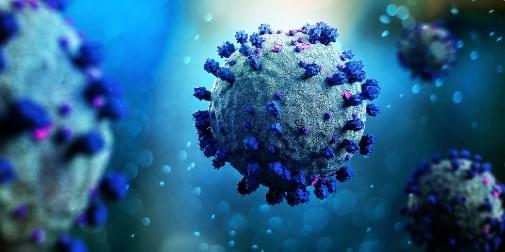


Some engineered living materials can combine the strength of run-of-the-mill building materials with the responsiveness of living systems. Think self-healing concrete, paint that changes color when a specific chemical is detected or material that could reproduce and fill in a crack when one forms. This would revolutionize construction and maintenance, with wide-reaching economic and environmental implications.
Seeing this new category of adaptive materials on consumer shelves may be a ways off. Still, critical early research from the University of Minnesota sheds new light on this exciting advancement, which shows promise beyond building materials, including biomedical applications.
In a new study in Nature Communications, researchers from the College of Biological Sciences demonstrate how to transform silica — a common material used in plaster and other construction materials — into a self-assembling, dynamic and resilient material.
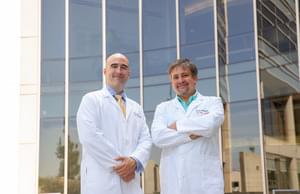
More than a million Americans undergo knee and hip replacements each year. It’s a last resort treatment for pain and mobility issues associated with osteoarthritis, a progressive disease caused by degeneration of the protective layer of cartilage that stops our bones grinding together when we sit, stand, write, or move around.
But what if doctors could intervene and repair damaged cartilage before surgery is needed?
For the first time, researchers at the Keck School of Medicine of USC have used a stem cell-based bio-implant to repair cartilage and delay joint degeneration in a large animal model. The work will now advance into humans with support from a $6 million grant from the California Institute of Regenerative Medicine (CIRM).
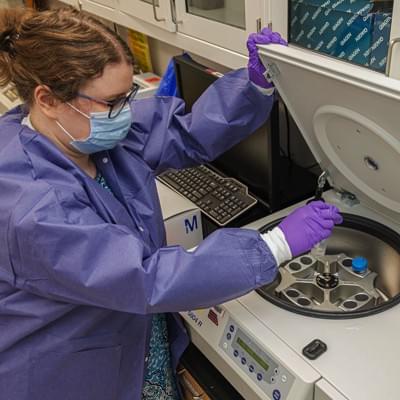
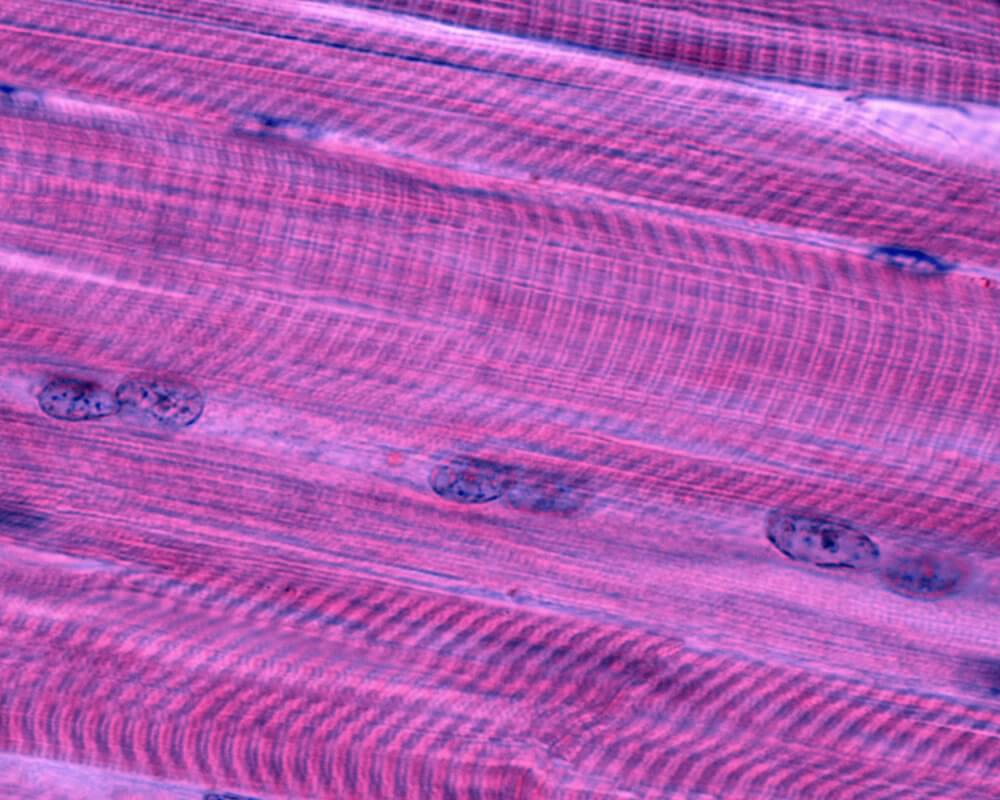
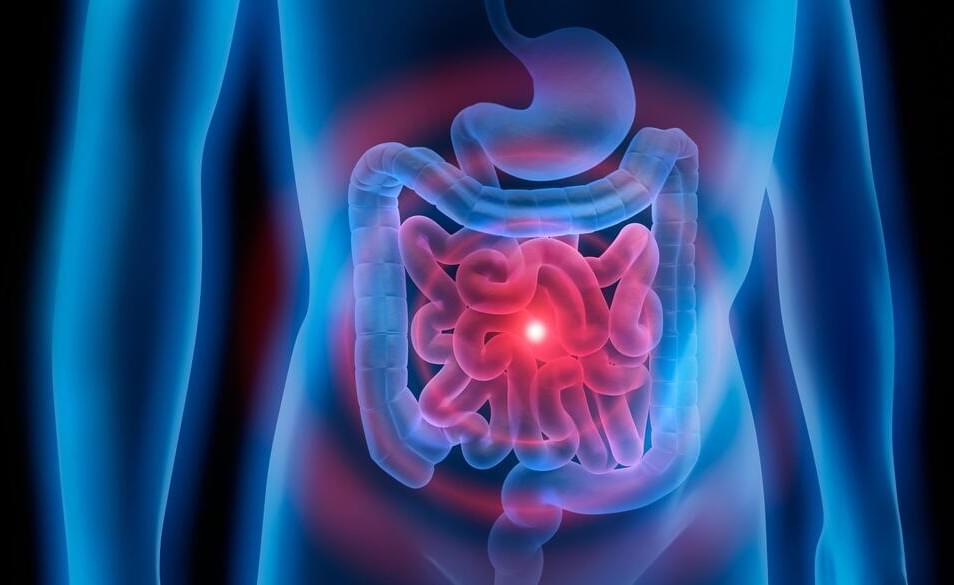
Researchers say they have found a growth hormone in the colon that helps damage DNA, which aides in the aging process. The finding could lead to new therapeutic approaches to aging-associated disorders like cancer.
Whereas circulating pituitary growth hormones decline with age, non-pituitary growth hormones, or npGH, increase with age. That means the colon tissue growth hormone helps initiate the first stages of tumor development and influence the aging process, Cedars-Sinai Medical Center researchers said in research published in the journal Cell Reports.
At the core of the issue is npGH blocking a certain protein from protecting DNA from damage. The protein, p53, is a tumor suppressor that helps repair DNA, but it can also awaken growth hormones.

The world’s first injectable medication to reduce the risk of acquiring HIV has been approved by the Food and Drug Administration (FDA), the agency announced Monday (December 20).
The injectable drug – called Apretude or its generic name, “cabotegravir extended-release injectable suspension” – provides an alternative to daily pills for HIV prevention, such as Truvada and Descovy. These pills are up to 99 percent effective at preventing the sexual transmission of HIV, but must be taken every day to be that effective, according to the Centers for Disease Control and Prevention (CDC).
By contrast, to start Apretude, people initially receive two shots, spaced one month apart, and then they receive an injection every two months thereafter, according to the FDA statement.
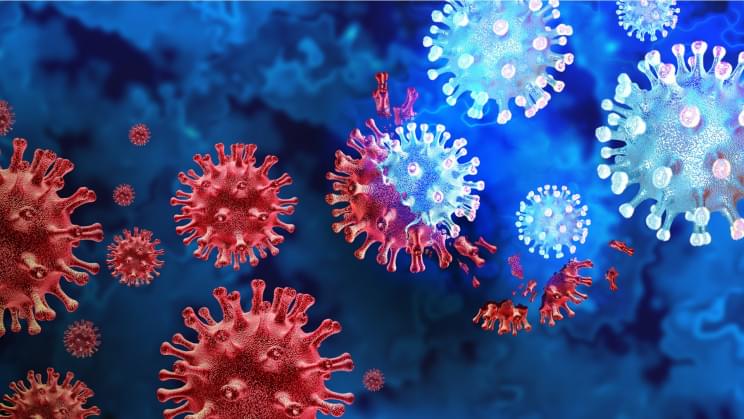
‘Hope for the best but prepare for the worst.’
The WHO has confirmed that, by December 19, the Omicron variant had spread to more than 89 countries. Many epidemiologists believe that Omicron will shortly become the dominant strain of COVID-19, replacing the delta variant (which is currently the dominant coronavirus variant). Compared to Delta, Omicron is capable of multiplying 70 times faster inside the human respiratory tract.
A recent report (Dec 10) from the UK’s Department of Health also indicates that household transmission of Omicron is around 3 times higher than for Delta. The World Health Organization (WHO) designated Omicron (aka. variant B.1.1.529) a variant of concern at the end of November, and within just a few weeks, it has led to increased case rates in a number of countries.
However, amidst the rapid spread of this new variant, there are still a large number of questions that need to be answered. Although Omicron appears to have a degree of vaccine escape, the exact extent of this is unknown, as is the ability of our existing vaccines to prevent severe illness and death in those infected, whether Omicron can also reinfect those with some immunity from previous infections with Delta, the risk of reinfection with Omicron, and the effectiveness of existing treatments.
Full Story:

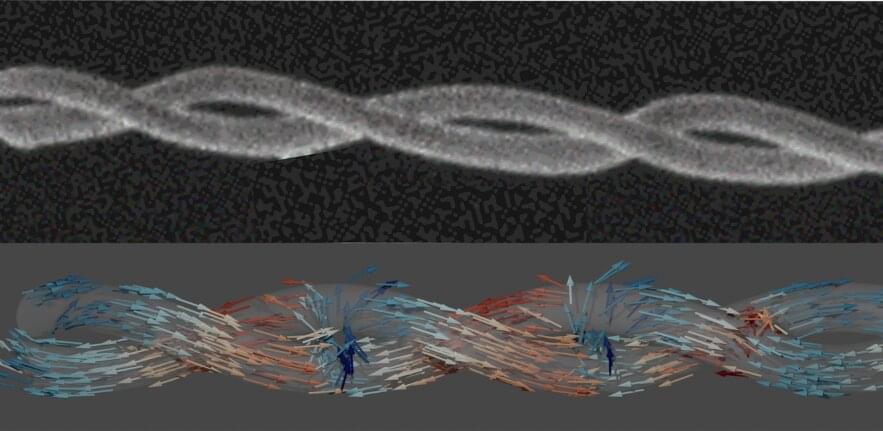
Scientists have used state-of-the-art 3D printing and microscopy to provide a new glimpse of what happens when taking magnets to three-dimensions on the nanoscale—1000 times smaller than a human hair.
The international team led by Cambridge University’s Cavendish Laboratory used an advanced 3D printing technique they developed to create magnetic double helices—like the double helix of DNA—which twist around one another, combining curvature, chirality, and strong magnetic field interactions between the helices. Doing so, the scientists discovered that these magnetic double helices produce nanoscale topological textures in the magnetic field, something that had never been seen before, opening the door to the next generation of magnetic devices. The results are published in Nature Nanotechnology.
Magnetic devices impact many different parts of our societies, magnets are used for the generation of energy, for data storage and computing. But magnetic computing devices are fast approaching their shrinking limit in two-dimensional systems. For the next generation of computing, there is growing interest in moving to three dimensions, where not only can higher densities be achieved with 3D nanowire architectures, but three-dimensional geometries can change the magnetic properties and offer new functionalities.